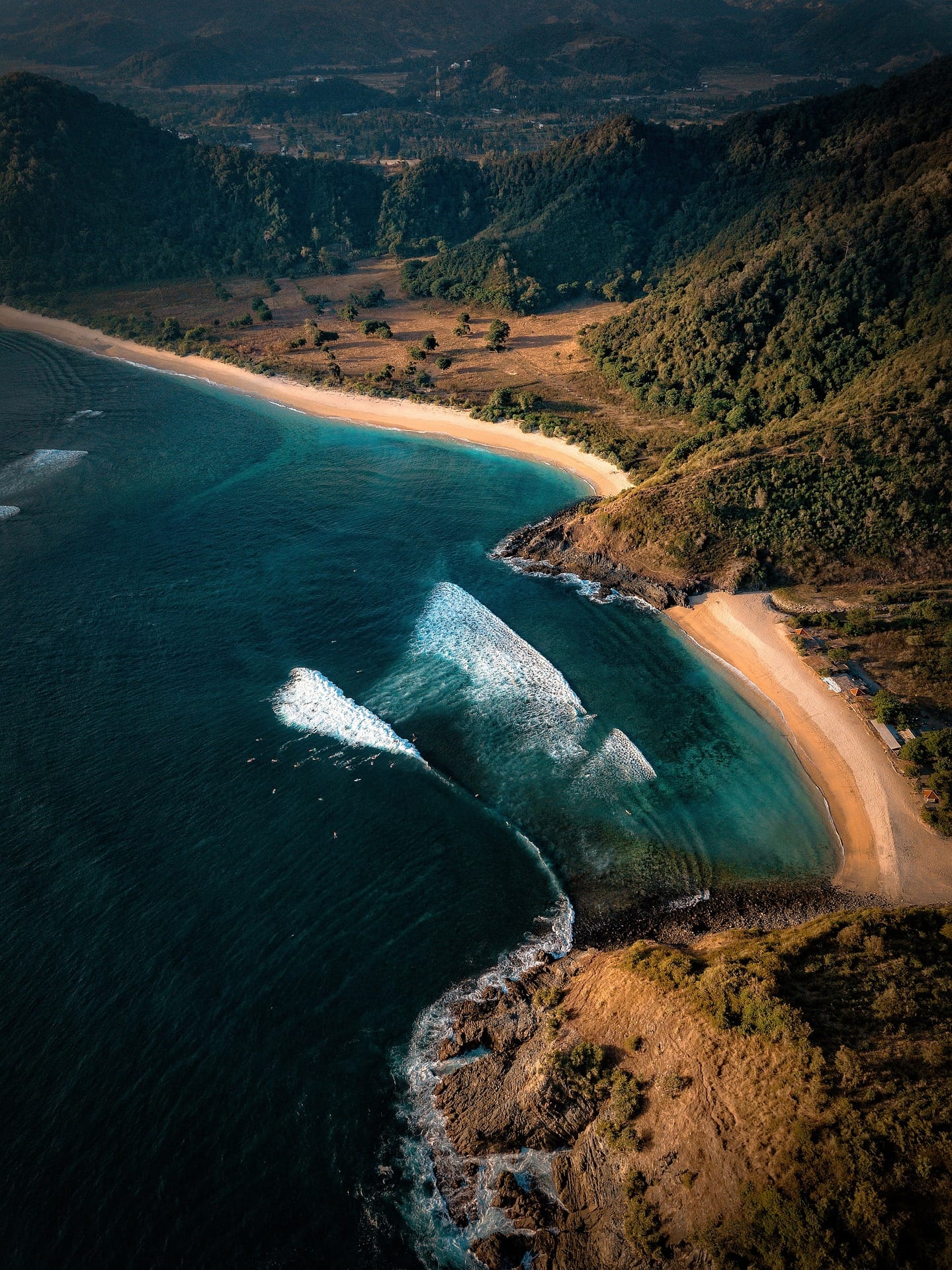More Fish in the Sea
Marine preservation areas work well when properly managed. That's great ... because we need them.

Nine Billion people is a big load for planet Earth. Collectively, we consume a lot of food and energy and produce a lot of waste. We'll need careful management to ensure we avoid some sort of biological systems crash. Nobody wants to spend the next thousand years in an underground silo.1
Marine Protected Areas (MPAs) are intended to establish a distance between marine species and humans and to protect marine life from commercial activities. These wild places act as change buffers and help restore depleted species. When they succeed, they spill over their borders to maintain diversity and increase—and restore—wild populations at large. The better job we do of MPAs, the healthier and more productive our oceans will be...and the less time we'll need to book in a silo.
To this end, the Kunming-Montreal Global Biodiversity Framework sets out twenty-three global targets to preserve habitats and species before 2030.2 Among them is a goal to conserve 30% of land, waters, and seas. This framework is one of the most important "anti-apocalypse manuals." It is part of an essential survival strategy for the planet.
The world is a little behind on our pledges to set up marine protected areas. At the beginning of 2025, we'd managed to "protect" only 8% of the world's ocean area. You'll notice the quotes around "protect" here.
Using data collected since 2002, a recent study in the journal Science used GPS data, marine automatic identification systems, and satellite imagery to monitor coastal MPAs.3 It discovered that commercial fishing still happens in 47% of them. These marine protected areas are considered "paper parks": designated but not properly managed or integrated, with obviously-inadequate enforcement.
Another study (in the same issue of Science) concentrated on "fully and highly protected MPAs worldwide".4 They could find little or no fishing activities in these well-protected areas. Biomass and diversity in and around these MPAs are on the rise.
What's different about the highly-protected areas? They don't allow fishing of any kind, whereas less-successful MPAs permit special-case activities such as "sunset" fishing fleets (ones that are slowly retiring) or small-scale professional "ecological" operations using sustainable gill-netting, hand-lining, "artisanal" fishing, recreational fishing, or other similar practices.5
You can pretty easily imagine a future in which ALL the really great fishing areas are inside protected areas...but nobody's allowed to fish there. Nope, not even you.
Thank Tangaroa6 for spill-over.
Reading
- Howey, Hugh. Wool. Boston: Houghton Mifflin Harcourt, 2020.
- Unit, Biosafety. n.d. “2030 Targets (with Guidance Notes).” Secretariat of the Convention on Biological Diversity. Accessed July 25, 2025. https://www.cbd.int/gbf/targets.
- Seguin, Raphael, Frédéric Le Manach, Rodolphe Devillers, Laure Velez, and David Mouillot. 2025. “Global Patterns and Drivers of Untracked Industrial Fishing in Coastal Marine Protected Areas.” Science 389 (6758): 396–401. https://doi.org/10.1126/science.ado9468.
- Raynor, Jennifer, Sara Orofino, Christopher Costello, Gavin McDonald, Juan Mayorga, and Enric Sala. 2025. “Little-to-No Industrial Fishing Occurs in Fully and Highly Protected Marine Areas.” Science 389 (6758): 392–95. https://doi.org/10.1126/science.adt9009.
- Worm, Boris. 2025. “A Catch in Ocean Conservation.” Science 389 (6758): 352–53. https://doi.org/10.1126/science.adz8322.
- “Tangaroa, God of the Sea | Te Ara Encyclopedia of New Zealand.” n.d. Accessed August 2, 2025. https://teara.govt.nz/en/te-hi-ika-maori-fishing/page-1.
